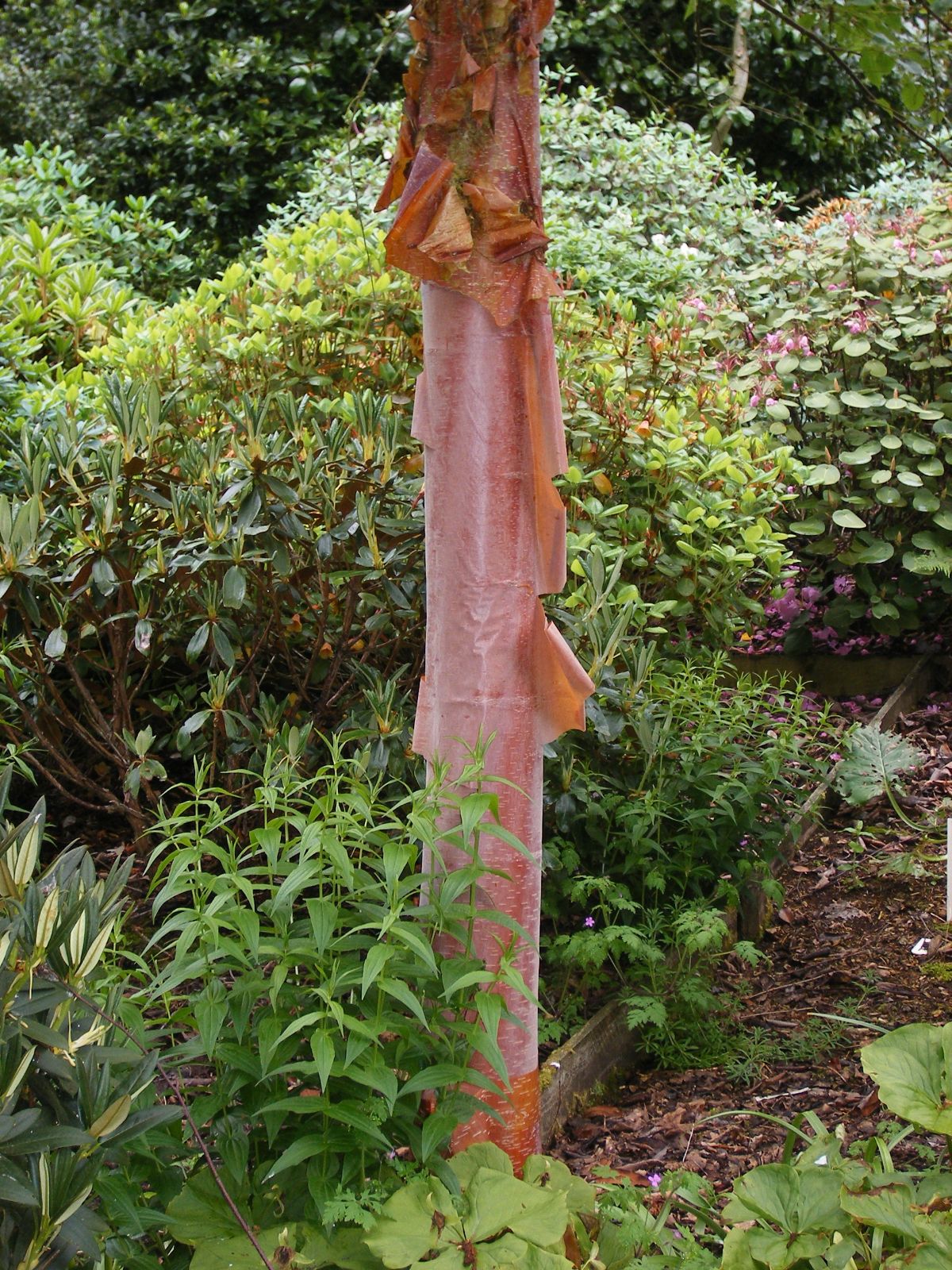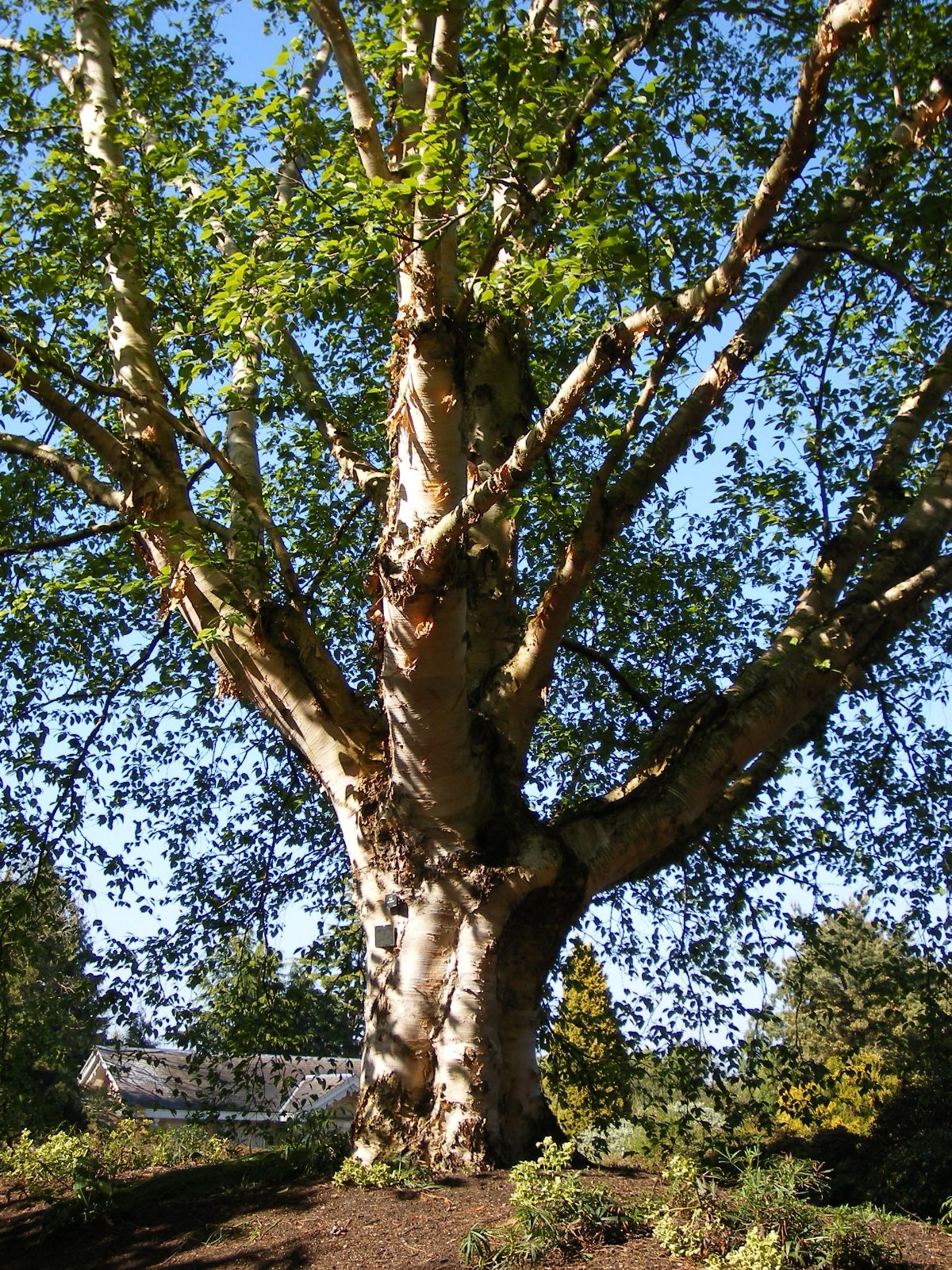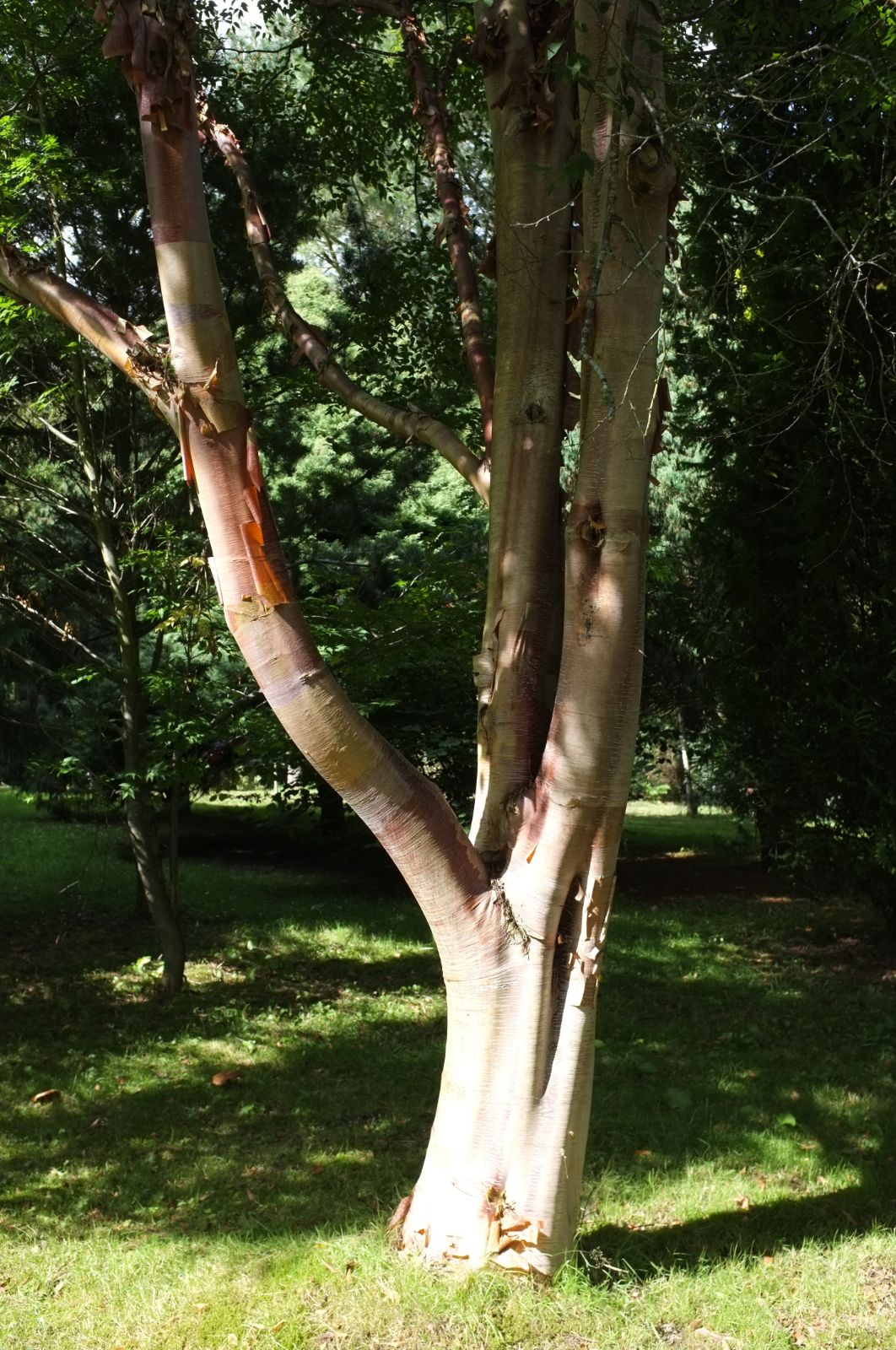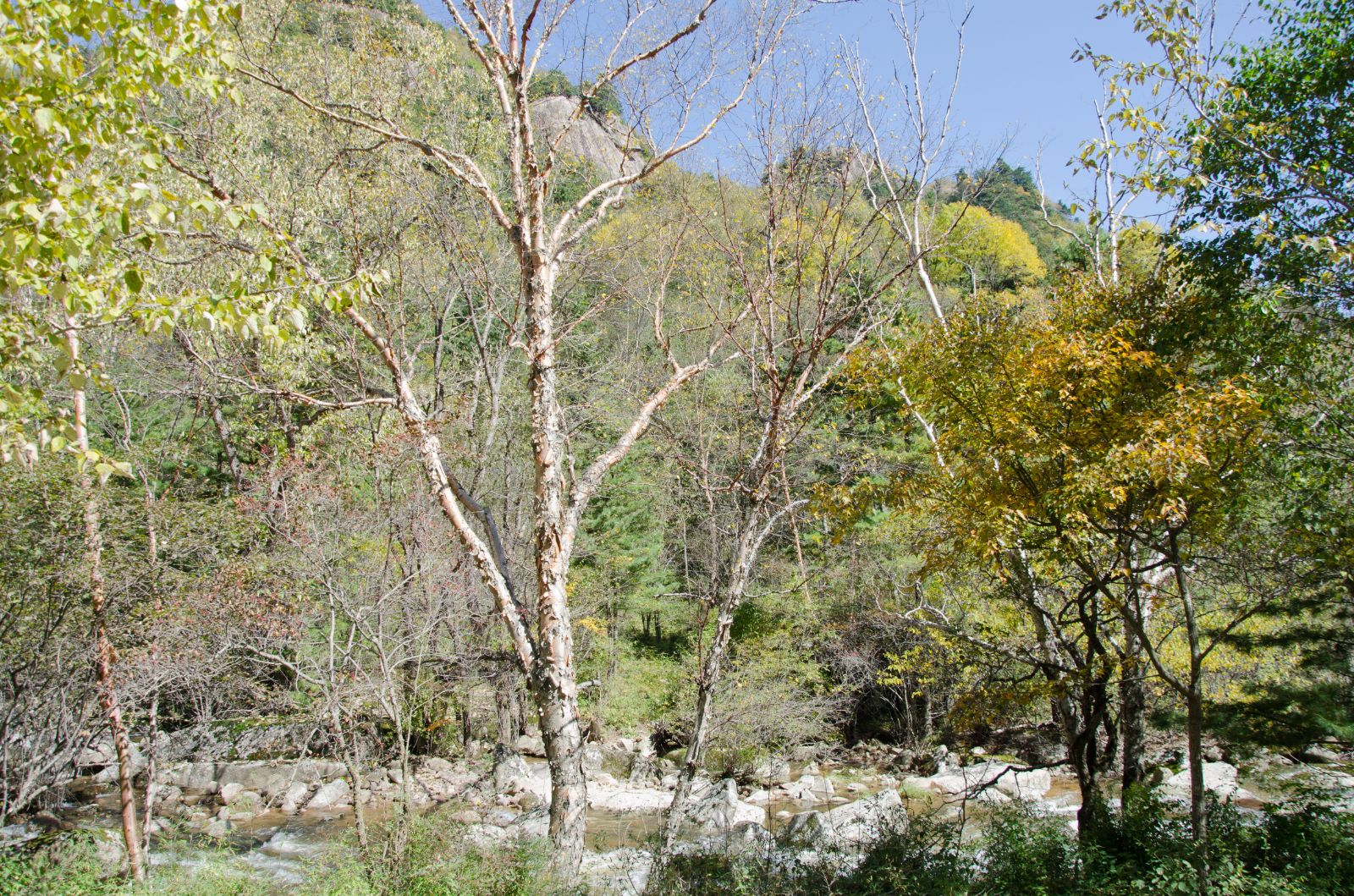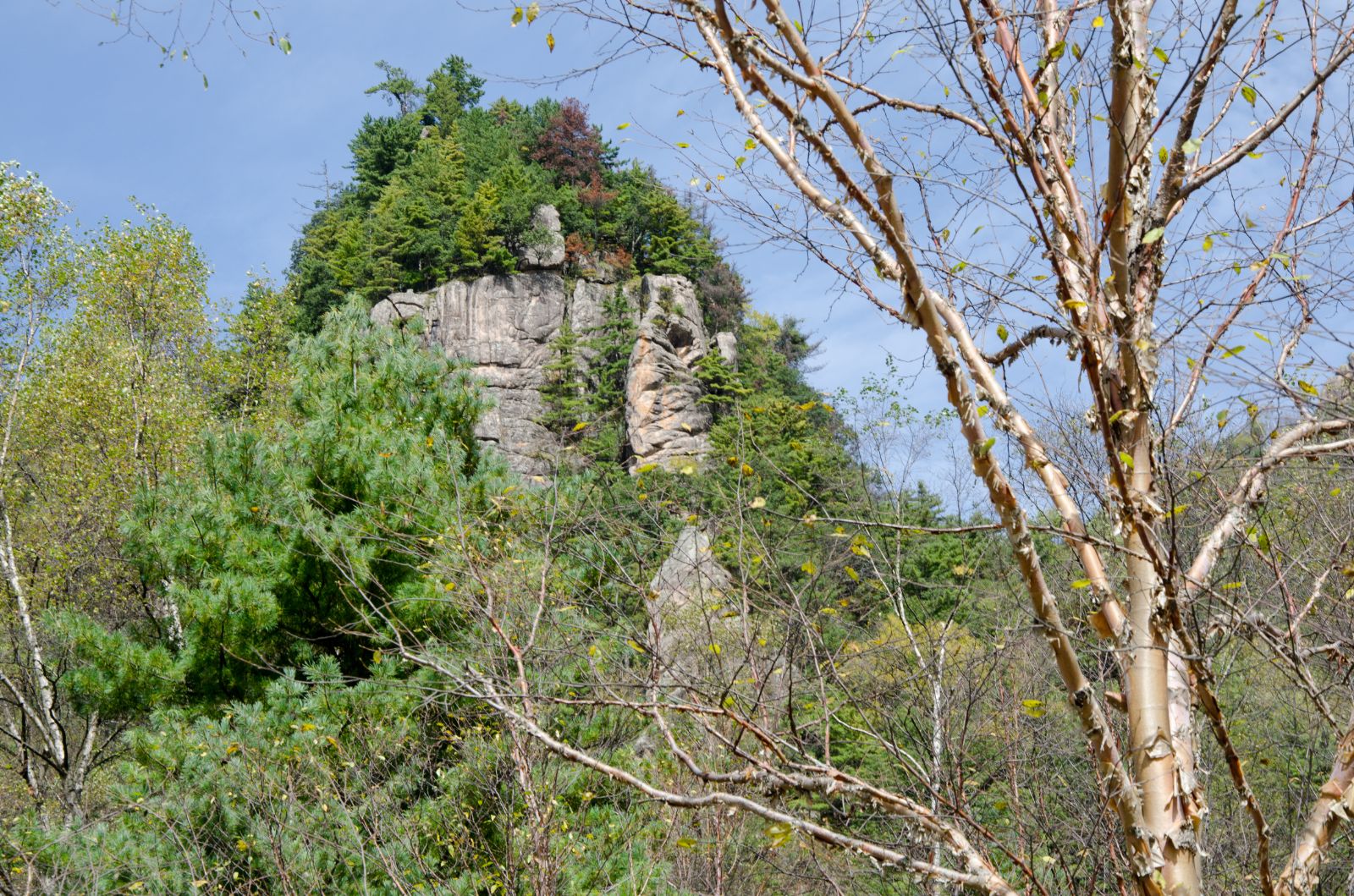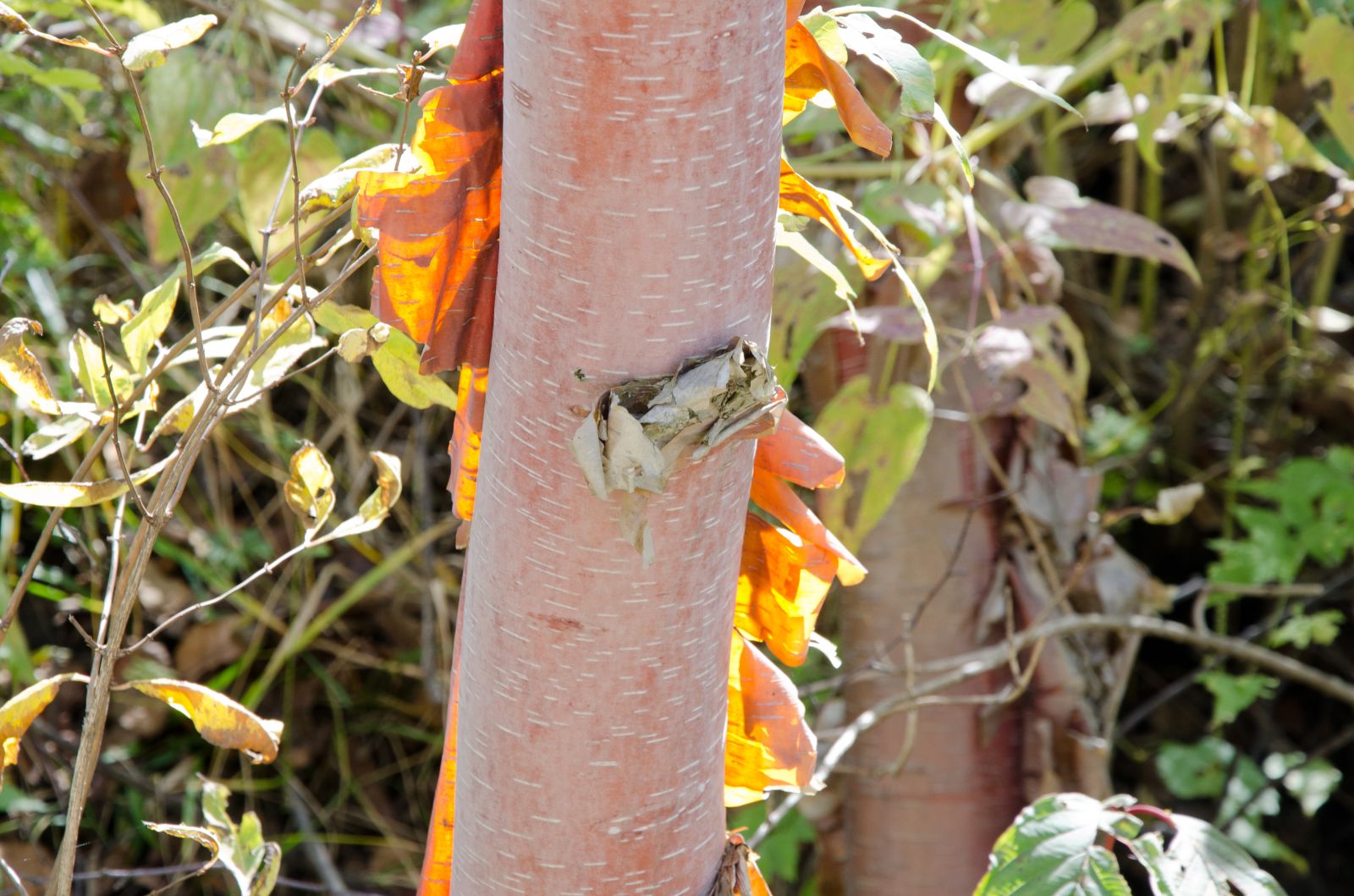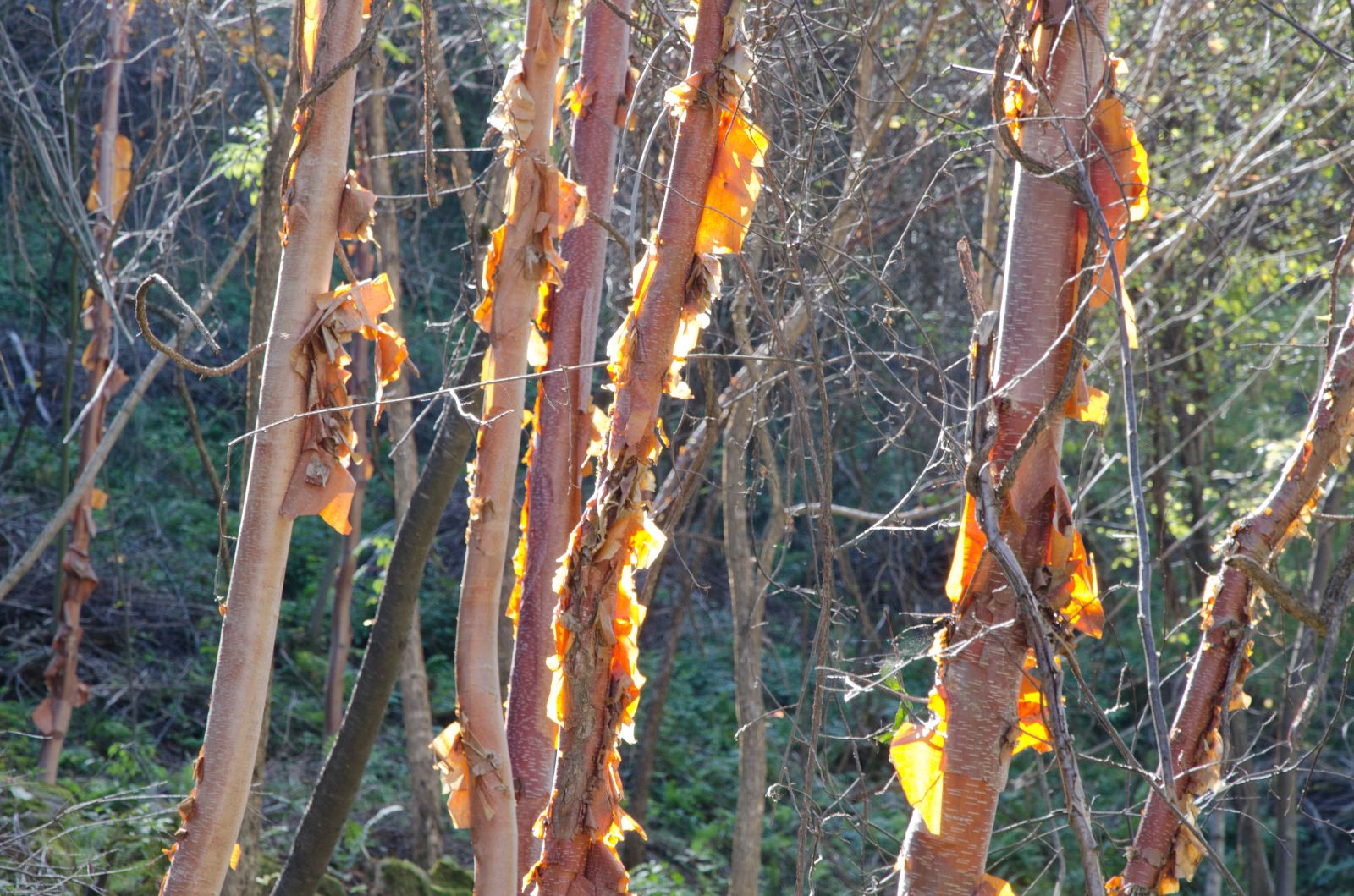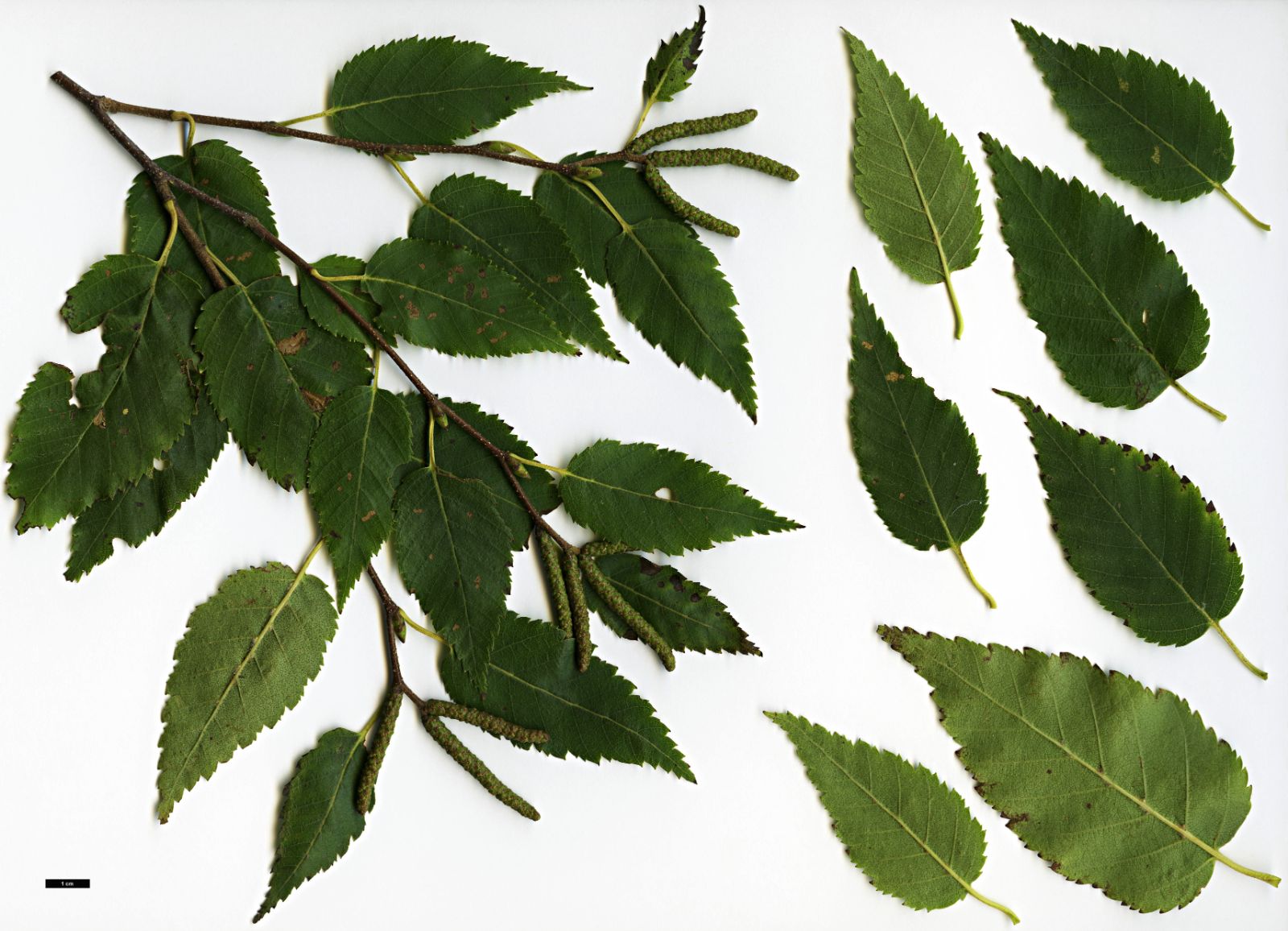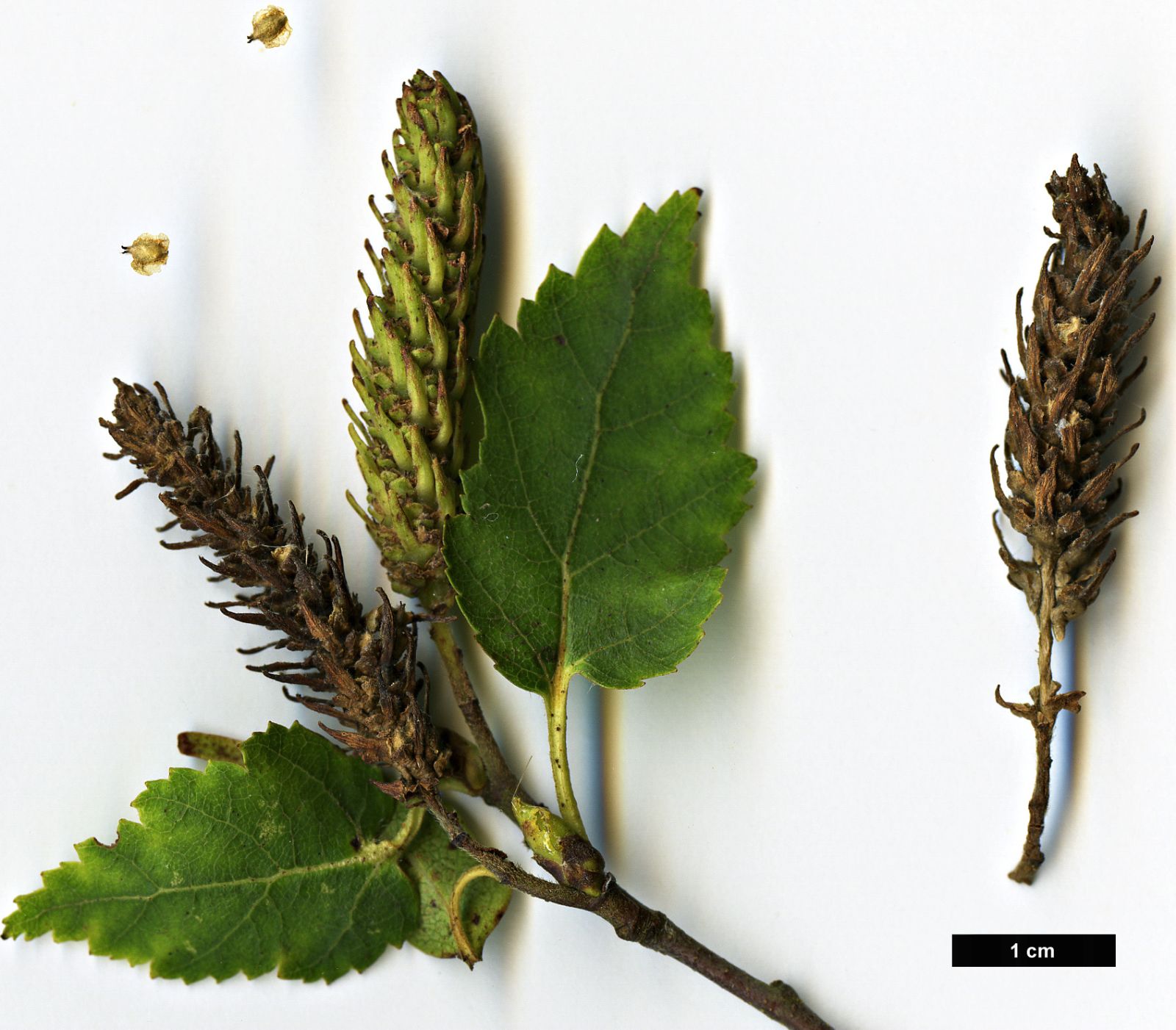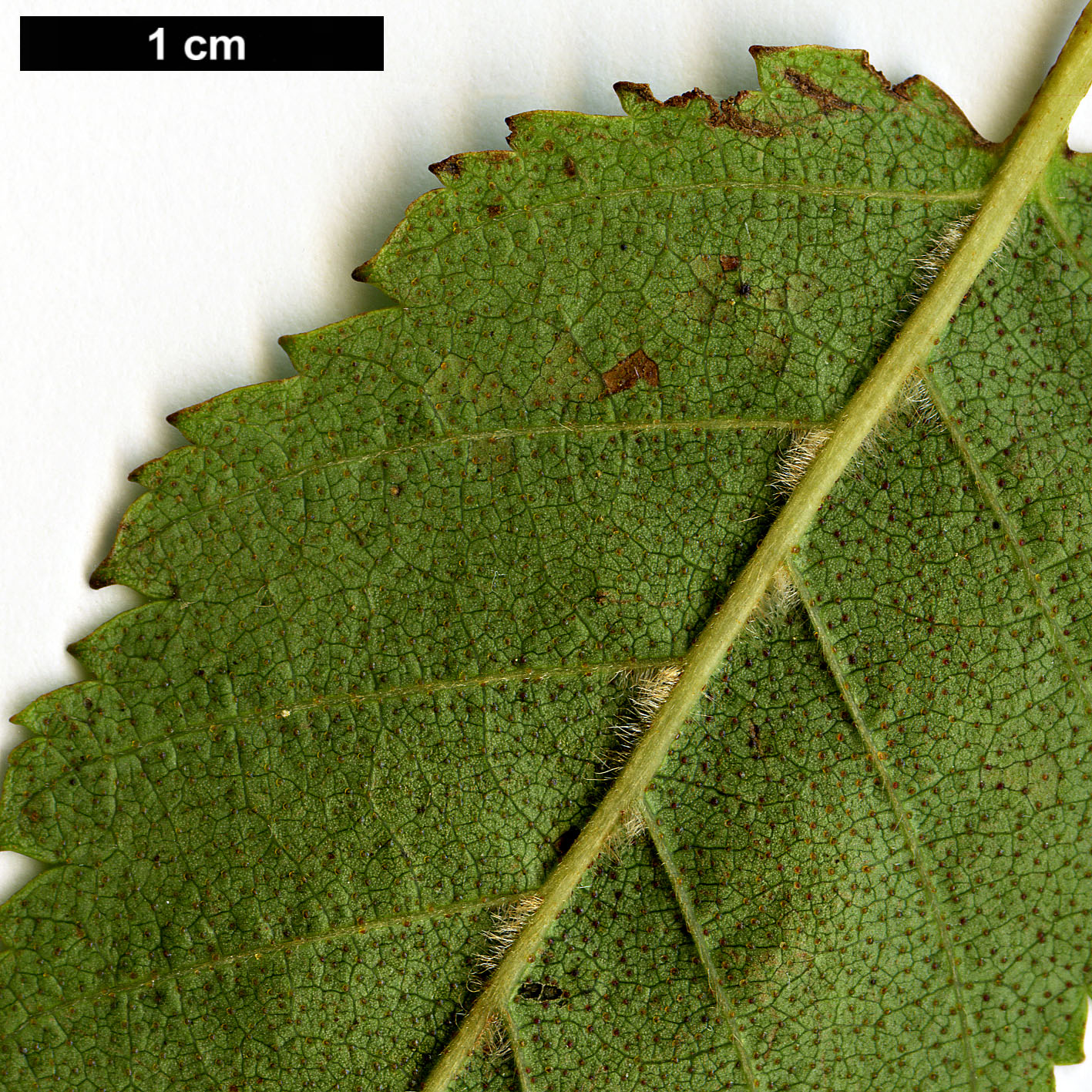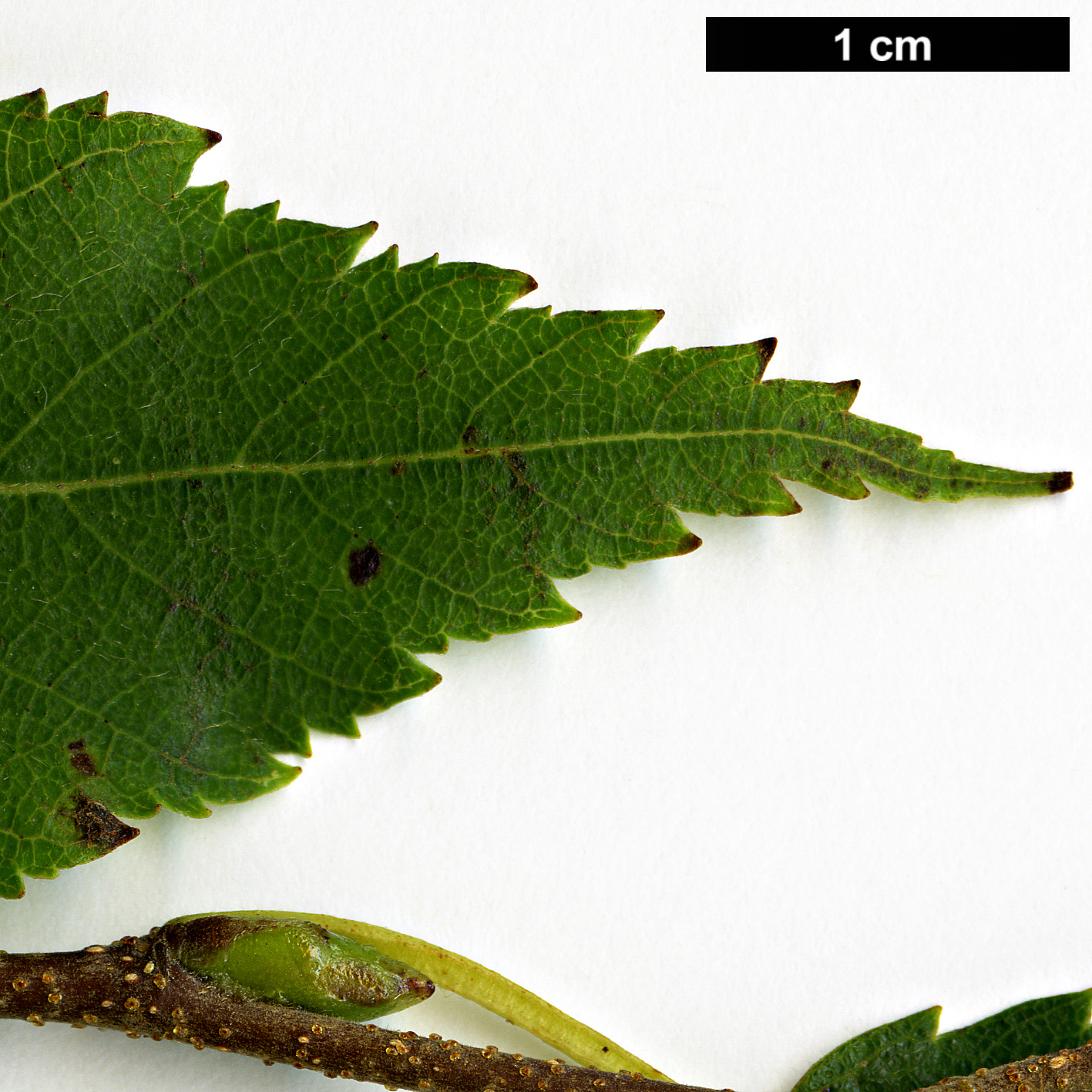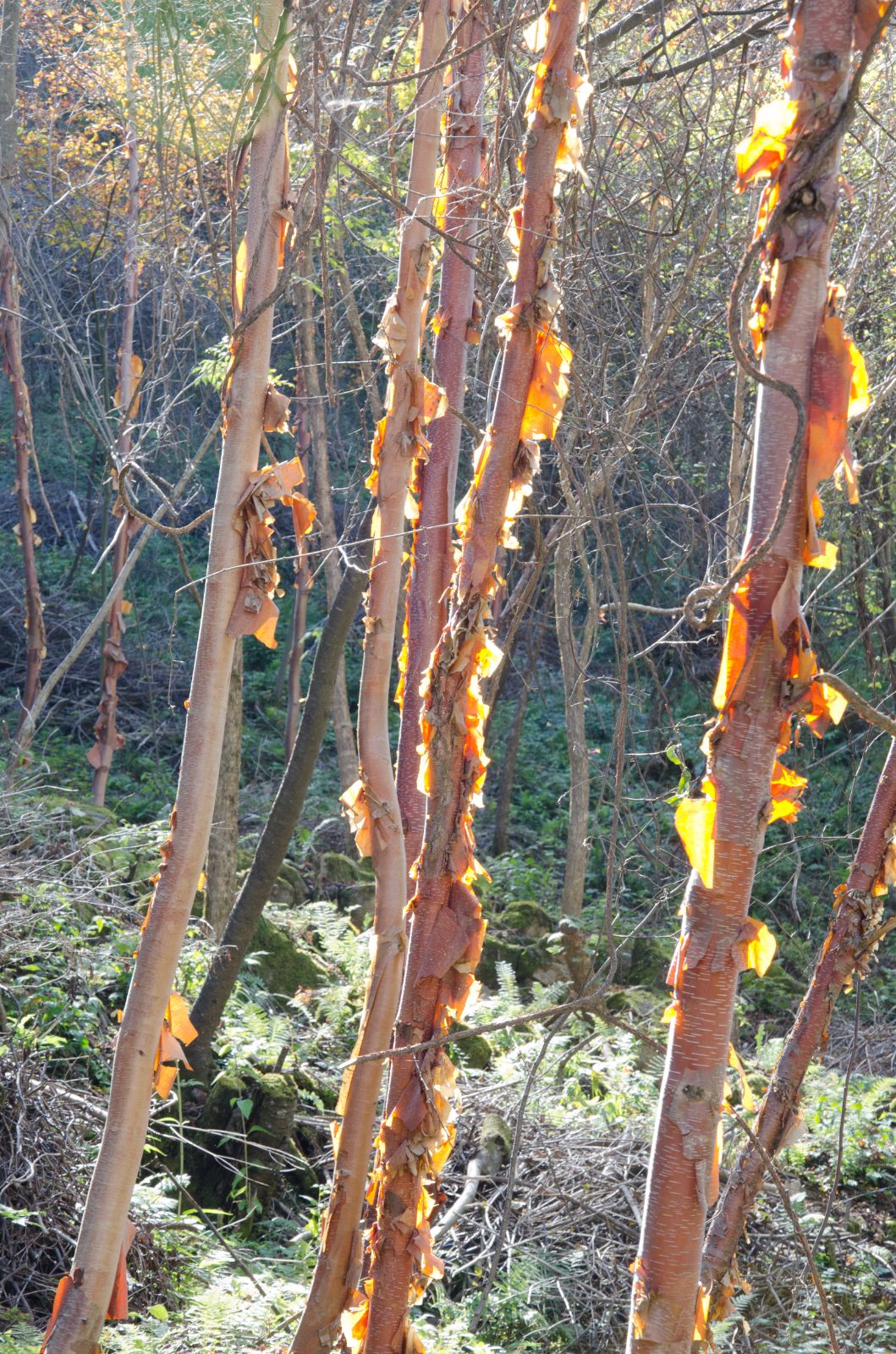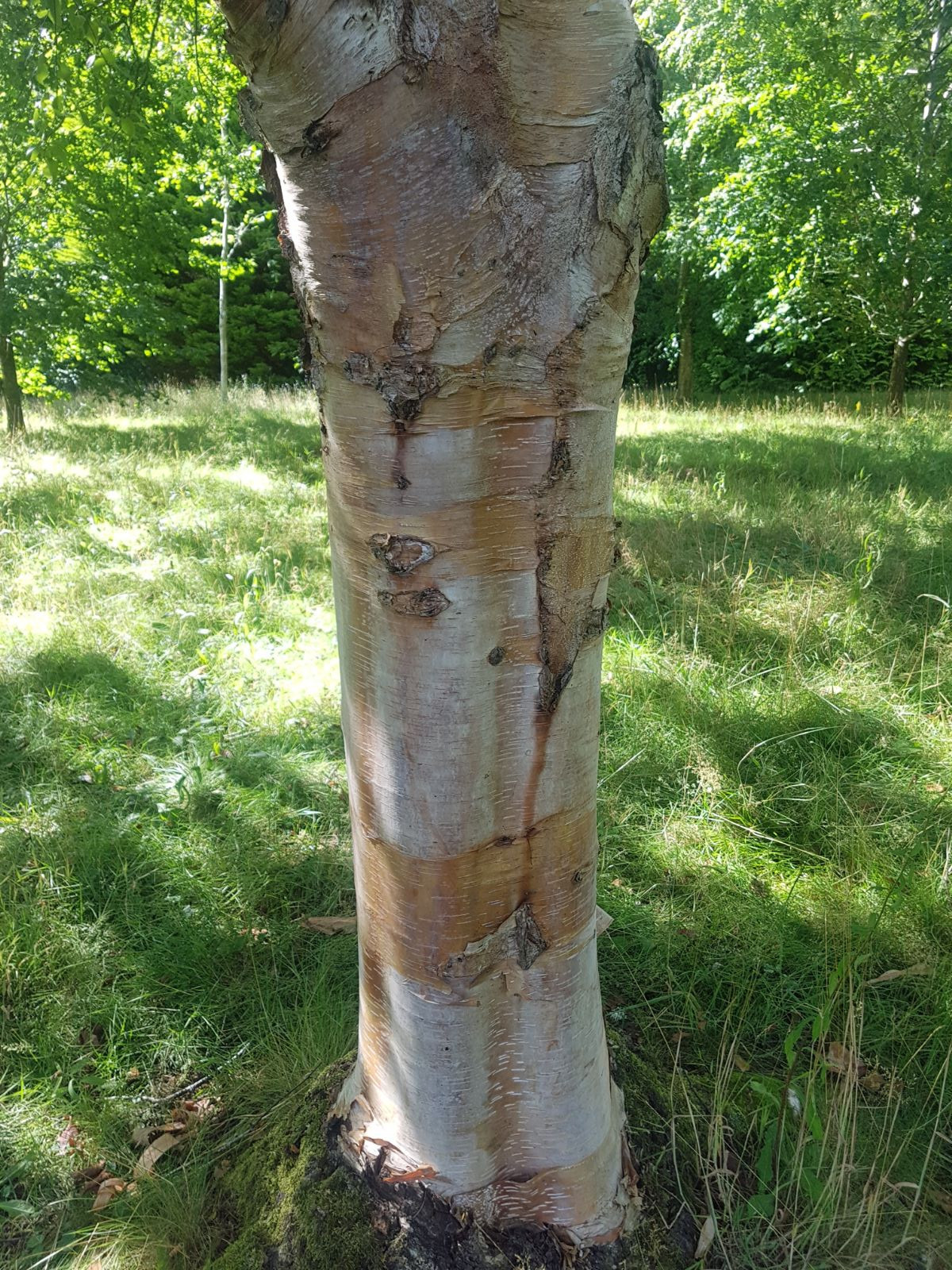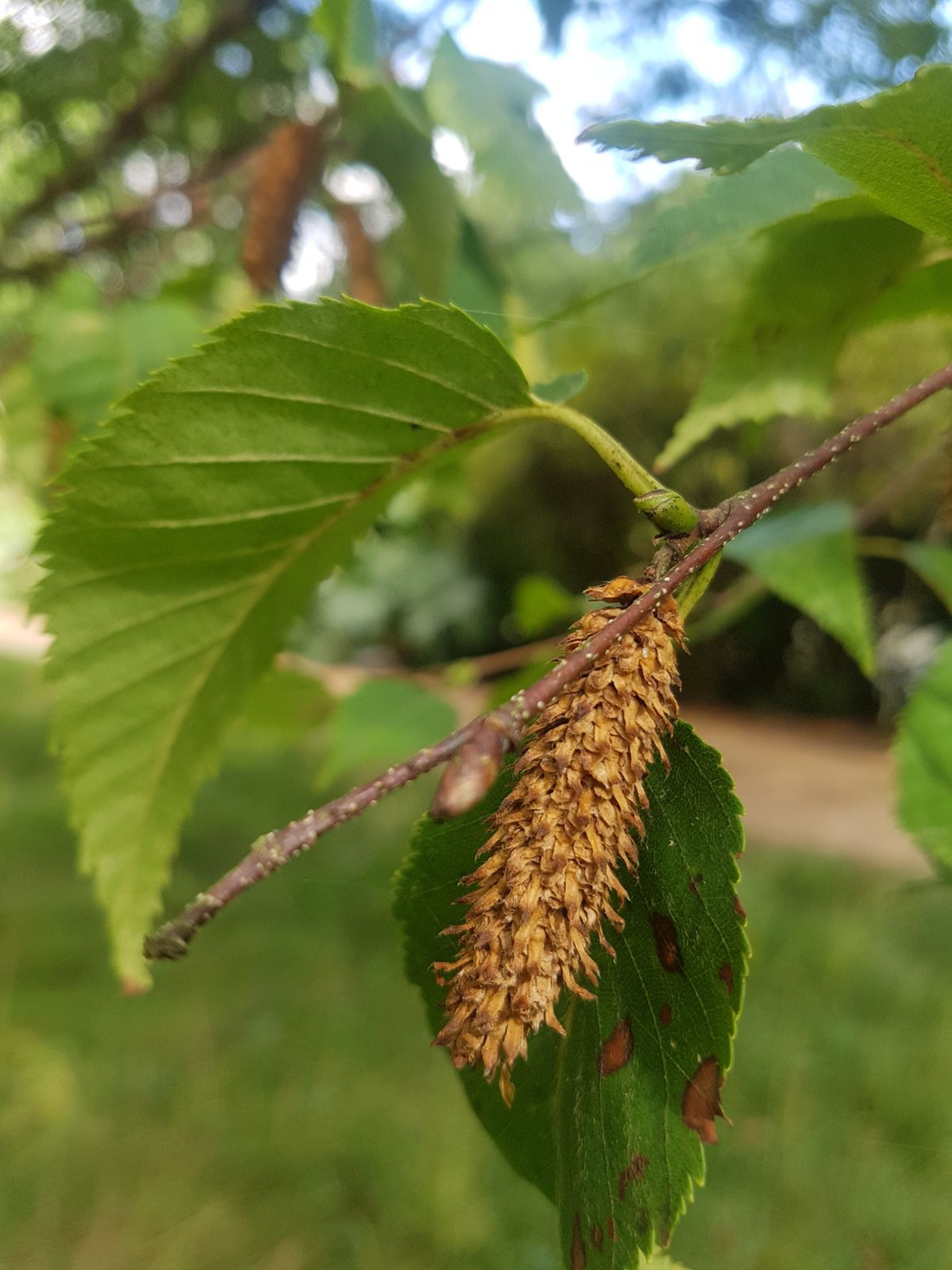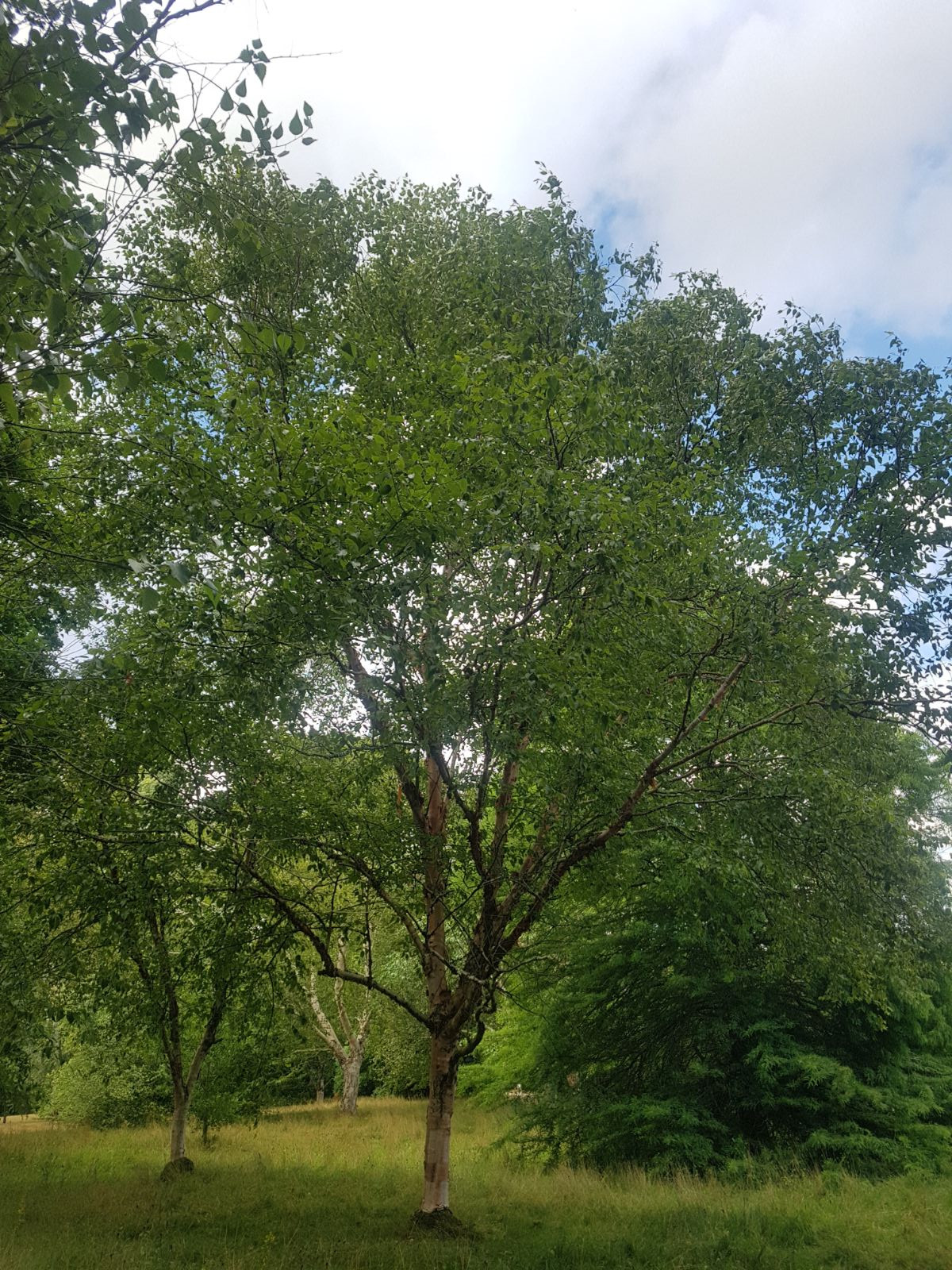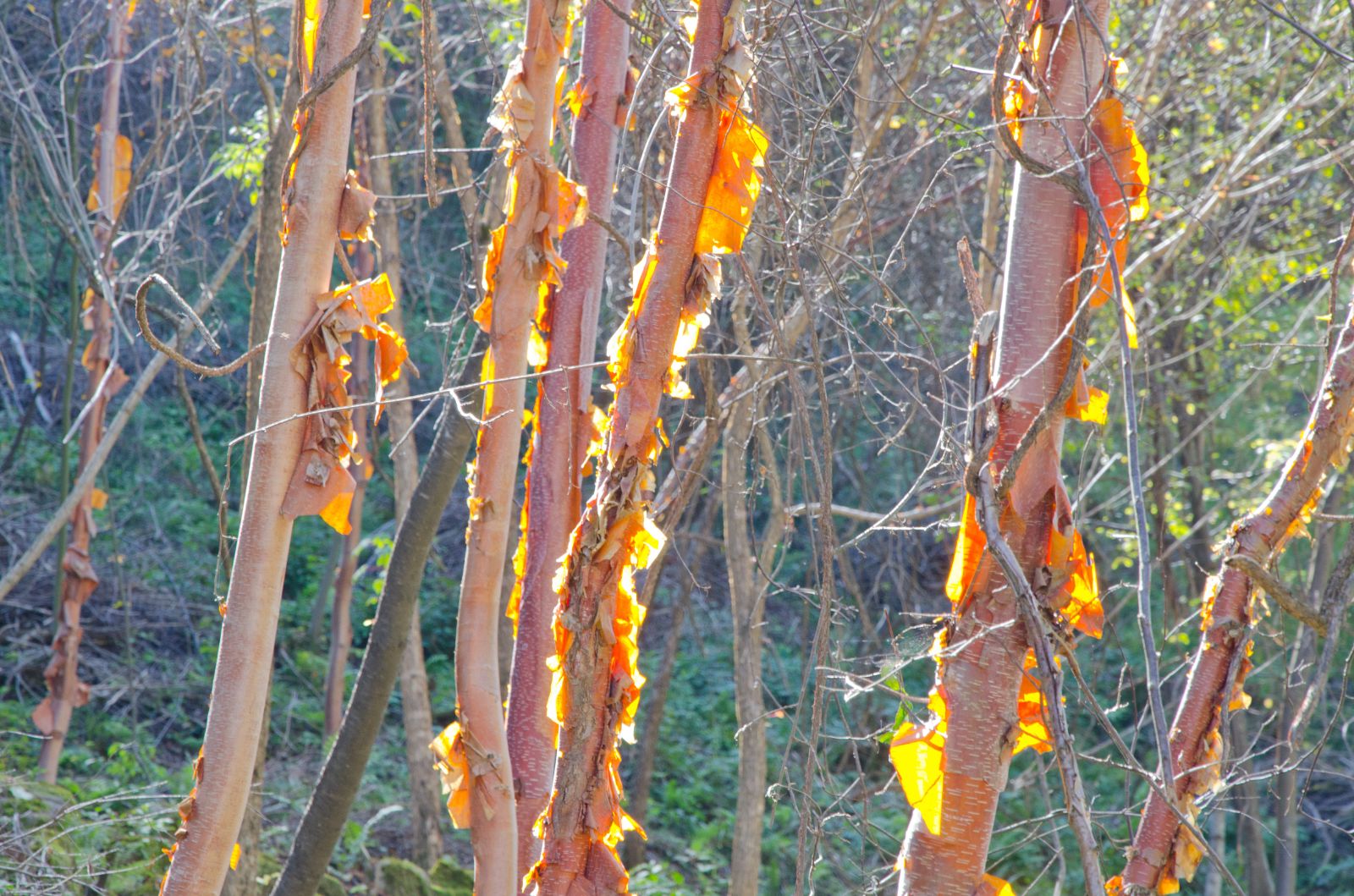Betula albosinensis
Credits
Article from Bean's Trees and Shrubs Hardy in the British Isles
Recommended citation
'Betula albosinensis' from the website Trees and Shrubs Online (treesandshrubsonline.
Genus
Synonyms
- Betula bhojpattra var. sinensis Franch.
- Betula utilis var. sinensis (Franch.) Winkler
Infraspecifics
Other taxa in genus
- Betula alleghaniensis
- Betula × aurata
- Betula bomiensis
- Betula × caerulea
- Betula chichibuensis
- Betula chinensis
- Betula coerulea-grandis
- Betula cordifolia
- Betula corylifolia
- Betula cylindrostachya
- Betula davurica
- Betula delavayi
- Betula ermanii
- Betula forrestii
- Betula glandulosa
- Betula globispica
- Betula grossa
- Betula humilis
- Betula insignis
- Betula jacquemontii
- Betula lenta
- Betula luminifera
- Betula lutea
- Betula mandshurica
- Betula maximowicziana
- Betula medwediewii
- Betula nana
- Betula neoalaskana
- Betula nigra
- Betula occidentalis
- Betula papyrifera
- Betula pendula
- Betula platyphylla
- Betula populifolia
- Betula potaninii
- Betula pubescens
- Betula pumila
- Betula raddeana
- Betula schmidtii
- Betula szechuanica
- Betula tianschanica
- Betula × utahensis
- Betula utilis
A deciduous tree 60 to 90 ft high, with a trunk 6 to 11 ft in girth, the bark described by Wilson as ‘bright orange to orange-red, peeling off in very thin sheets, each successive sheet covered with white glaucous bloom’, young shoots slightly glandular, becoming dark brown and smooth except for scattered warts. Leaves ovate, slenderly pointed, rounded at the base, unevenly and jaggedly toothed, ultimately glabrous but hairy between the veins when young, 2 to 3 in. long, 1 to 11⁄2 in. wide; veins in nine to fourteen pairs; stalk 1⁄4 to 1⁄2 in. long, at first silky. Male catkins 11⁄2 to 21⁄2 in. long; female catkins 1 to 11⁄2 in. long, 1⁄3 in. wide, produced usually solitarily, sometimes in pairs; scales of the female catkins three-lobed, glabrous; side lobes roundish; middle one linear-oblong, pointed, twice as long as, but narrower than the side lobes.
Native of W. China; introduced by Wilson in 1901 for Veitch, under W. 1157, collected in W. Hupeh, but the oldest trees appear to be from W. 4106, sent in 1910 from W. Szechwan. It is also in cultivation from later sendings by other collectors. This birch is well worth growing for its beautiful trunk. ‘Its orange peeling papery bark, shining like burnished copper, leaves behind it a creamy, glaucous bloom that puts one in mind of a similar effect obtained from that rare maple Acer griseum.’ (C. Coltman Rogers, Journ. R.H.S., Vol. 53, Jan. 1928, p. 61.)
From the Supplement (Vol. V)
specimens: Savill Garden, Windsor Great Park, 58 × 3 ft (1978); Westonbirt, Glos., Circular Drive, pl. 1938, 59 × 3 ft (1982), Victory Glade, the tree mentioned died in 1977; Werrington Park, Cornwall, 52 × 61⁄4 ft (1974) and two others; Bodnant, Gwyn., 70 × 31⁄2 ft (1981) and 50 × 31⁄4 ft (1974); Branklyn, Perths., a fine tree, 52 × 31⁄4 ft (1980); Castle Milk, Dumfr., 59 × 41⁄2 ft (1984); Edinburgh Botanic Garden, 42 × 41⁄2 ft (1985).
var. septentrionalis Schneid
This variety was described from specimens collected by Wilson in the extreme west of Szechwan, in the Tapao Shan, and is also found in Shensi and Kansu. ‘Bark orange-brown or orange to yellowish orange or orange-grey…. Singularly beautiful and makes the tree conspicuous in the forest’ (Wilson). He introduced it from the type locality in 1908 under W. 900 and it is also in cultivation from seed collected by Purdom and by Rock. It is distinguished from the type by the following characters: leaves oblong-ovate rather than ovate; young shoots more distinctly glandular; leaves silky on the veins beneath and with prominent tufts of hair in the axils. It is possible that this variety merges into the type through intermediates.B. albo-sinensis is closely allied to B. utilis but differs in its glabrous branchlets, and in its leaves, which are generally ovate-oblong, and hence narrower than in B. utilis, thinner in texture, with less prominent veins. In the type, the leaves are also glabrous beneath, but var. septentrionalis approaches B. utilis in having the veins silky beneath and glandular (but not hairy) branchlets.This beautiful birch and its variety are not common in gardens but the following have been recorded (all measurements 1966): Werrington Park, Cornwall, from W. 4106, 50 × 5{3/4} ft at 3{1/2} ft, on a short trunk, 42 × 3{3/4} ft, and 40 × 3{1/2} ft; Westonbirt, Glos., one in the Circular Drive, pl. 1938, 39 × 1{1/2} ft, and another in the Victory Glade, 61 × 3{1/4} ft; Bodnant, Denbigh, 50 × 3 ft, and another from Rock’s seed, 35 × 3 ft; Caerhays Castle, Cornwall, 40 × 3{1/2} ft at 4{1/2} ft, on a short trunk, probably from W. 4106; Glendoick, Perths., a tree from Wilson’s seed, about 35 ft high, on a clean 14-ft stem (blown down while this edition was in the press). In the Edinburgh Botanic Garden there are specimens 14 to 25 ft high under the following numbers: Forrest 19505, Yü 14547, Rock 15083 and 13648, and Purdom 752 (the last is var. septentrionalis).

